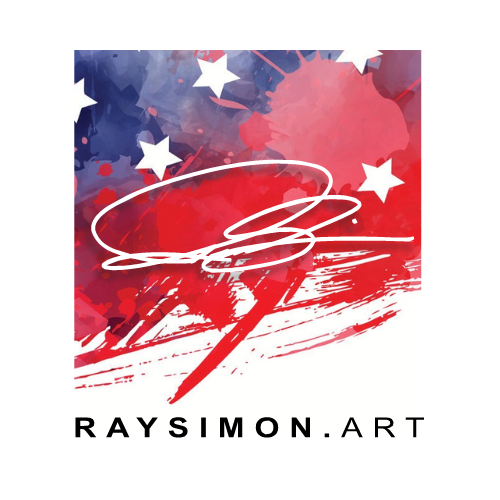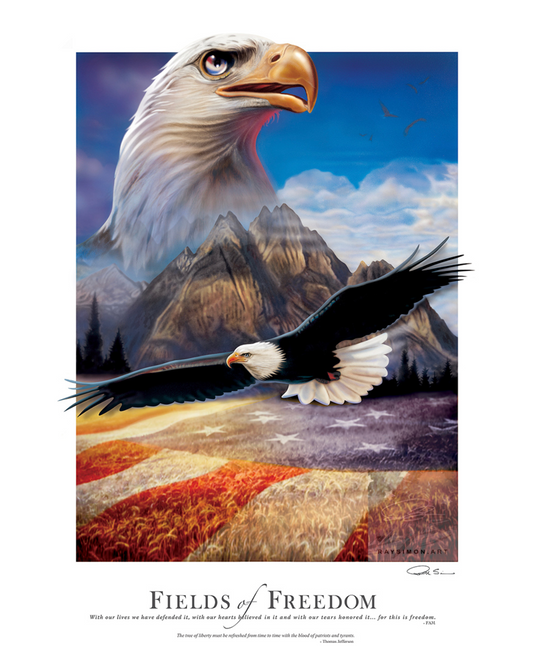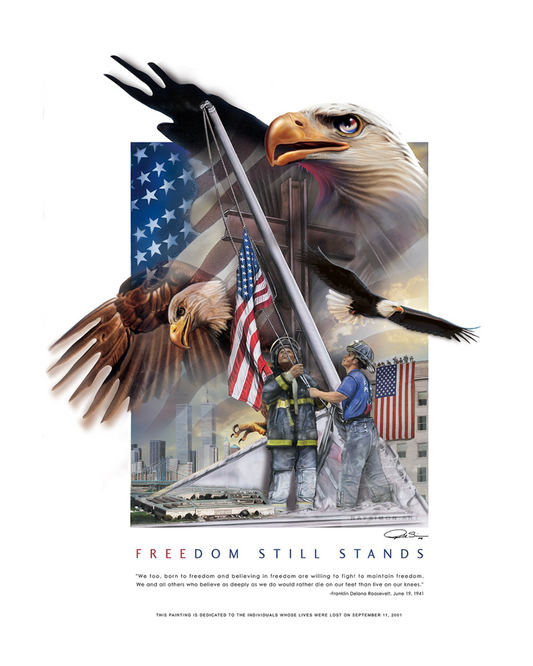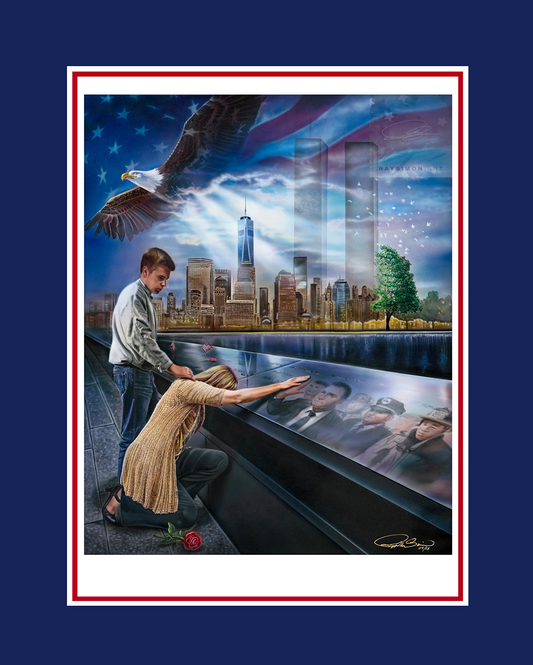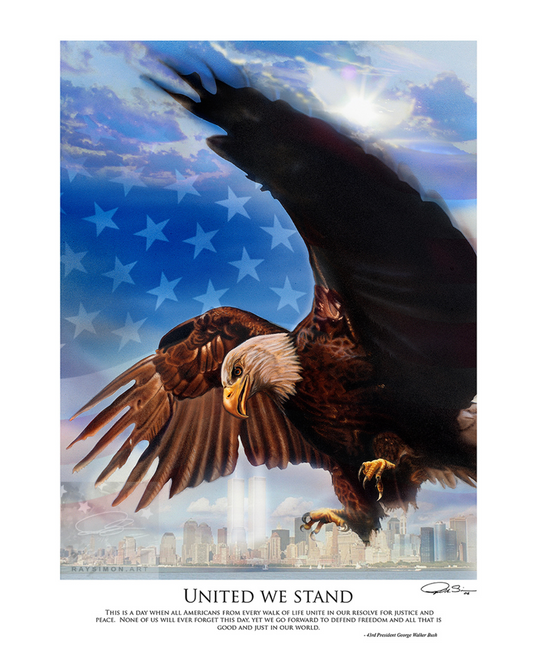Unleashing Creativity in the Midst of Chaos: The Role of Military Art in Preserving History
In the midst of chaos and conflict, art has the power to preserve history and unleash the boundless creativity of the human spirit. Military art, in particular, acts as a powerful medium that tells the stories of war and pays tribute to the brave men and women who have served their countries. This article explores the role of military art in preserving history, shedding light on the often overlooked aspect of warfare – its artistic representation.
With brushstrokes and powerful imagery, military artists capture the grit and emotion of battle, immortalizing the triumphs, losses, and sacrifices in stunning detail. Whether it’s through paintings, sculptures, or other forms of art, these talented individuals bring history to life, enabling us to connect with the past in a deeply meaningful way.
Beyond its aesthetic appeal, military art serves as a powerful educational tool, allowing future generations to learn about the realities of war and the indomitable spirit of those who fought. By preserving history through art, we ensure that the stories of bravery and heroism are not forgotten, while also encouraging dialogue and reflection on the impacts of armed conflict.
Join us as we delve into the world of military art and appreciate the unique role it plays in preserving history and fostering creativity.
Understanding Military Art: Definition and Significance
Military art encompasses a diverse range of artistic expressions that depict the realities of armed conflict. It can include paintings, drawings, sculptures, photographs, and even digital creations. The significance of military art lies in its ability to provide a visual narrative of historical events, capturing the essence of warfare and the experiences of those involved.
Through military art, we gain insight into the emotional and psychological toll of war. Artists use their creative talents to convey the human element of armed conflict – the fear, courage, camaraderie, and sacrifice that define the military experience. By portraying these emotions, military artists create a bridge between the past and the present, enabling us to empathize with the struggles faced by those who fought.
Moreover, military art serves as a reminder of the cost of war. It prompts us to reflect on the consequences of armed conflict and the need to strive for peace. By depicting the realities of war, military artists encourage us to question the reasons for engaging in conflict and to seek alternatives to violence.
The Role of Military Art in Documenting Historical Events
One of the primary roles of military art is to document historical events. Through their artistic interpretations, military artists capture significant battles, key moments, and the overall course of warfare. These visual representations provide a unique perspective on history, allowing us to visualize the events and understand their impact on the world.
Unlike written accounts, military art offers a visceral and immediate experience of historical events. It helps us comprehend the scale of battles, the conditions soldiers faced, and the devastation caused by war. By depicting the physicality of combat, military artists bring history to life, bridging the gap between the past and the present.
Furthermore, military art often highlights the overlooked aspects of warfare. While official records and narratives tend to focus on strategies and outcomes, military artists shed light on the human stories behind the
events. They capture the experiences of individual soldiers, the impact on civilians, and the broader societal consequences of armed conflict. This multifaceted approach to documenting history adds depth and richness to our understanding of war.
Military Art Techniques and Mediums
Military artists employ various techniques and mediums to create their works. Each technique and medium brings its own unique qualities and allows artists to convey different aspects of warfare.
Painting is one of the most common and traditional mediums used in military art. Artists utilize different styles, such as realism or impressionism, to capture the essence of battles and soldiers. The use of light and shadow, vivid colors, and meticulous attention to detail creates a sense of realism and immerses the viewer in the scene.
Sculpture is another powerful medium in military art. Three-dimensional sculptures enable artists to create physical representations of soldiers, war machines, and other elements of warfare. The textures, contours, and scale of sculptures add a tactile dimension to the artwork, making it tangible and evocative.
Photography plays an essential role in capturing the realities of war. War photographers risk their lives to document the frontlines, providing a glimpse into the chaos and suffering experienced by soldiers and civilians. Their photographs serve as a crucial historical record and often inspire other artists to create works based on these powerful images.
In recent years, digital art has emerged as a prominent medium in military art. Artists use digital tools and software to create realistic and immersive depictions of war. This medium allows for experimentation and the incorporation of new technologies, expanding the boundaries of military art.
Famous Military Artists Throughout History
Throughout history, numerous military artists have made significant contributions to the preservation of history through art. These artists have captured the essence of warfare, leaving a lasting impact on the art world and our understanding of military history.
One of the most renowned military artists is Leonardo da Vinci. While primarily known for his contributions to the fields of science and engineering, da Vinci also created exquisite military artwork. His detailed drawings of war machines and strategic plans demonstrated his keen understanding of military tactics and innovation.
Another notable military artist is Sir Stanley Spencer, who served as an official war artist during World War I and World War II. Spencer's paintings depicted the daily life of soldiers and the emotional toll of war. His work often focused on the human element of conflict and the personal stories of soldiers.
John Singer Sargent, an American artist, gained recognition for his powerful and evocative portraits of soldiers during World War I. His ability to capture the individuality and emotions of the soldiers made his works highly influential in shaping public perception of the war.
Contemporary military artists such as Steve Mumford and Peter Howson continue to contribute to the genre with their thought-provoking and emotionally charged works. These artists explore the complexities of modern warfare and the impact it has on individuals and societies.
The Impact of Military Art on Public Perception and Remembrance
Military art has a profound impact on public perception and remembrance of historical events. Through their visual narratives, military artists shape the way we understand and remember wars.
Art has the power to humanize conflicts by depicting the experiences of soldiers and civilians. By portraying the human element of war, military artists challenge stereotypes and foster empathy. They remind us that behind the statistics and strategies, there are real people with hopes, fears, and dreams.
Moreover, military art plays a vital role in remembering and honoring those who have served in the military. It serves as a tribute to the sacrifices made by soldiers and civilians alike. Military art installations, memorials, and exhibitions create spaces for reflection and remembrance, ensuring that the stories of bravery and heroism are not forgotten.
Challenges faced by military artists
Creating military art comes with its own set of challenges. Artists often face difficulties in accurately depicting the chaos and intensity of warfare, while also maintaining a level of respect and sensitivity towards the subject matter.
Additionally, military artists must navigate the fine line between glorifying war and highlighting its realities. Balancing the aesthetic appeal of their works with the responsibility of accurately representing the experiences of soldiers can be a delicate task.
Furthermore, military art is often met with controversy and criticism. Some argue that it romanticizes war or perpetuates stereotypes. However, proponents of military art believe that it serves as a necessary reminder of the consequences of conflict and encourages dialogue on peace and reconciliation.
Preserving Military Art: Museums and Galleries
Preserving military art is crucial for ensuring its longevity and accessibility to future generations. Museums and galleries play a vital role in safeguarding and showcasing military art.
These institutions acquire, curate, and exhibit military art collections, allowing the public to engage with the artworks. Through carefully designed exhibitions, museums and galleries provide a space for reflection, education, and appreciation of military art.
Additionally, museums and galleries often collaborate with military historians and experts to provide historical context and enrich the visitor experience. This interdisciplinary approach deepens our understanding of military history and the significance of military art.
The Future of Military Art: Embracing Technology and New Mediums
As technology advances, military art is evolving to embrace new mediums and techniques. Digital art, virtual reality, and augmented reality are expanding the possibilities for creating immersive and interactive military artwork.
Digital platforms and online galleries have also democratized access to military art, allowing artists to reach a global audience. Social media platforms provide a space for artists to share their works, connect with other artists, and engage with art enthusiasts.
Furthermore, the use of technology has facilitated collaborations between artists and military organizations. Artists are invited to document contemporary conflicts and military operations, resulting in a unique blend of art and journalism.
